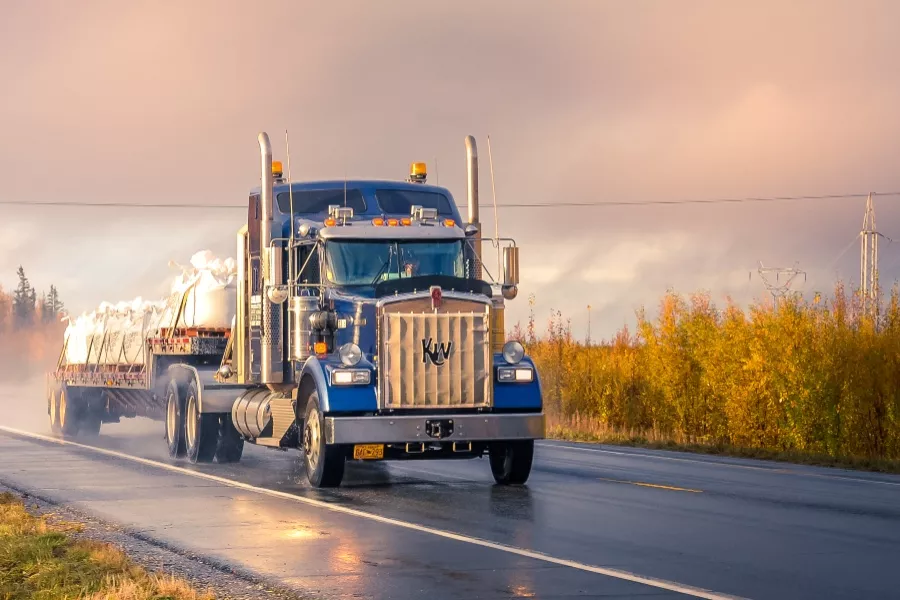
Car drivers and truckers use the road in vastly different ways. For one, trucks command more of the road, while cars are able to zip through traffic more easily. Although car drivers must follow similar rules as truckers, small vehicles need to be very careful when driving around trucks.
How To Reduce Truck Accidents While Driving A Small Vehicle
Truck accidents are more severe than collisions between two passenger vehicles. You may need a truck accident attorney from the skilled team at The Levin Firm if you’re injured.
Allow More Space When Following a Truck
A normal passenger vehicle driving at 65 miles an hour needs 300 feet to come to a dead stop, while semi-trucks need 600 feet if they’re going at the same speed. Never ride a semi-trucks bumper because if they have to stop suddenly, you may end up dead under their 40-ton truck.
Leave Enough Space When Passing in Front
When you want to pass in front of a truck, move up approximately 4 car lengths ahead of them and leave your signal on for longer. Give the truck driver enough time to see you. Never merge into their lane without a signal or with a signal suddenly, as you may shock the truck driver.
Never Cruise in the Truck’s Blind Spots
The longer a vehicle is, the more blind spots it’ll have. Semi-trucks have plenty of them, but there’s a trick you can use to stay out of them. Look at the truck’s mirrors. If you can’t see the driver’s face, there’s a good chance they can’t see you, so slow down or speed back up.
Find a Wide Shoulder When you Pull Over
No one ever wants to pull over on the highway, but when you don’t have a choice, stick to a wide shoulder or a pull-off spot. Too many accidents happen because cars are pulled over too close to the highway and are swiped by passing trucks that swerve next to the shoulder.
Play Close Attention When a Truck is Turning
Trucks need more clearance when they turn, and they’re more prone to swerving, so it’s always better to give them more room than needed. Always assume that the truck is moving faster than it actually is. It’ll teach you to give trucks the better part of an intersection when they turn.
Don’t Play Chicken or Do Something Reckless
82% of Americans admitted to committing an act of road rage in 2019. When we’re angry, we tend to act recklessly. This can harm other drivers, including yourself. With that said, never, ever play chicken with a semi-truck because you and your car could get crushed in the process.
Be Predictable, Reliable, and Courteous
Predictability is always a good thing when you’re driving with any vehicle on any road, but it’s essential when you’re next to a semi-truck. Don’t start swerving or pulling unsafe driving moves near a truck because there’s a good chance they’ll misinterpret what you’re trying to do.
Anticipate Icy or Slippery Weather Conditions
Snow, ice, sleet, storms, and blackout conditions can pop up out of nowhere, especially on rural roads. Keep a weather app on you at all times, so you can anticipate bad weather conditions. If you can avoid driving during a storm, especially on the highway, do so to keep yourself safe.
Don’t Look at Your Phone or Get Distracted
Distracted driving is incredibly dangerous. We understand that driving on the highway can be boring, and you may be too tired in the mornings to truly pay attention, but you still need to watch the road. To stay attentive, listen to music or an audiobook. Never touch your phone.








